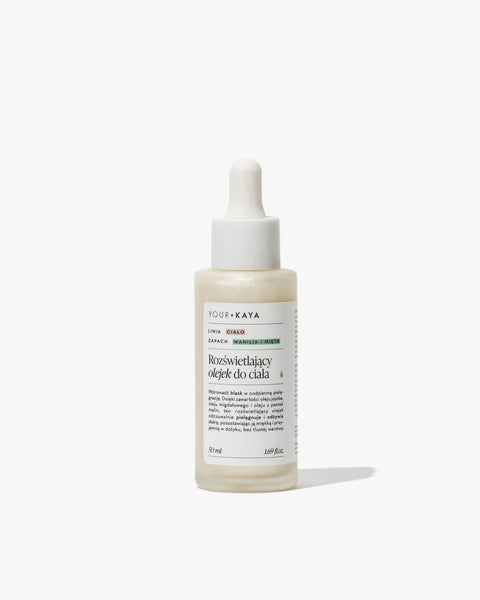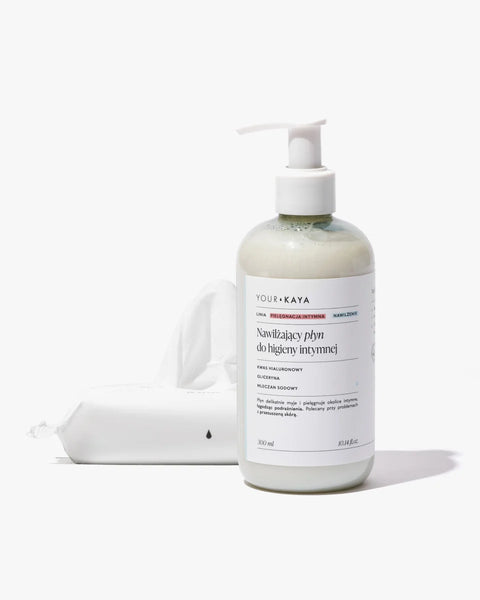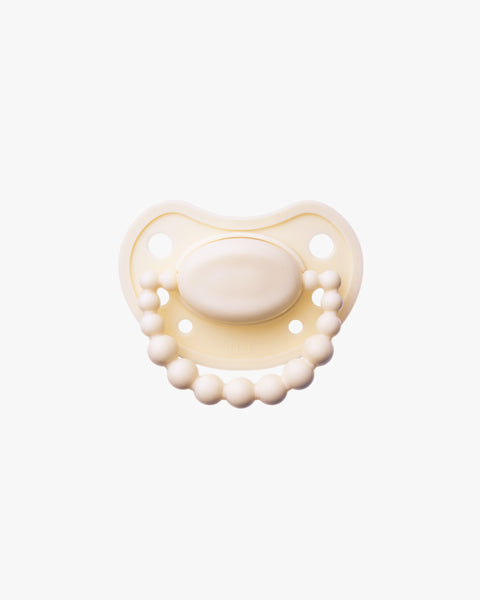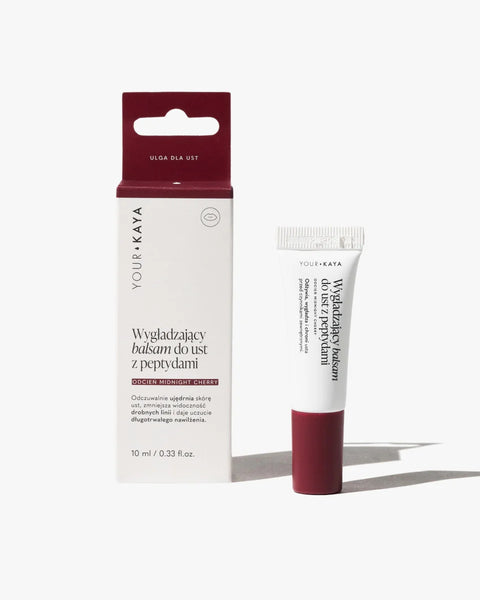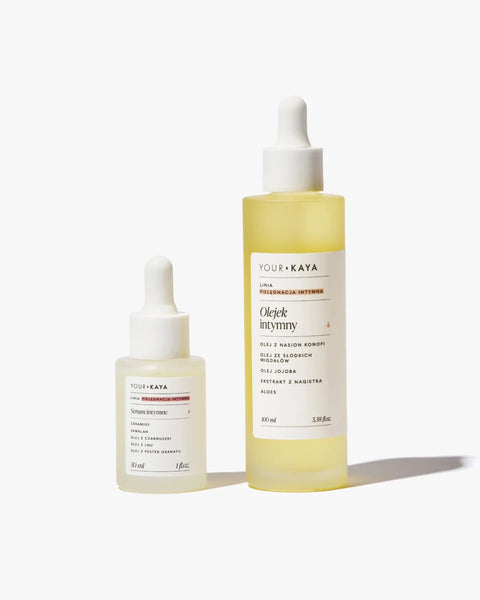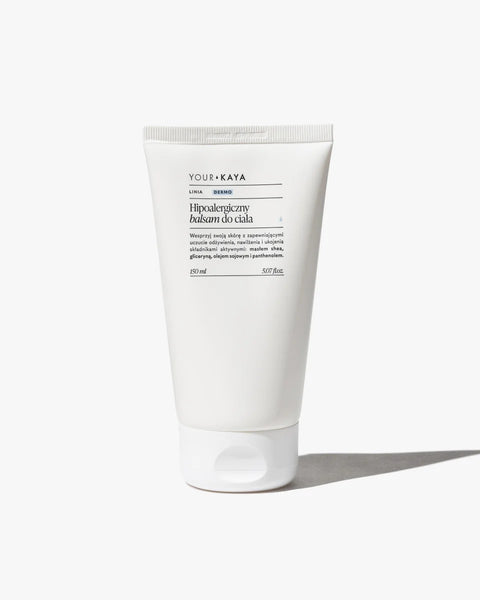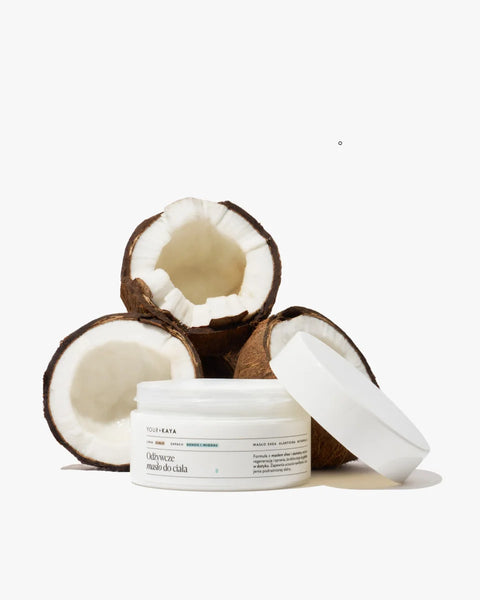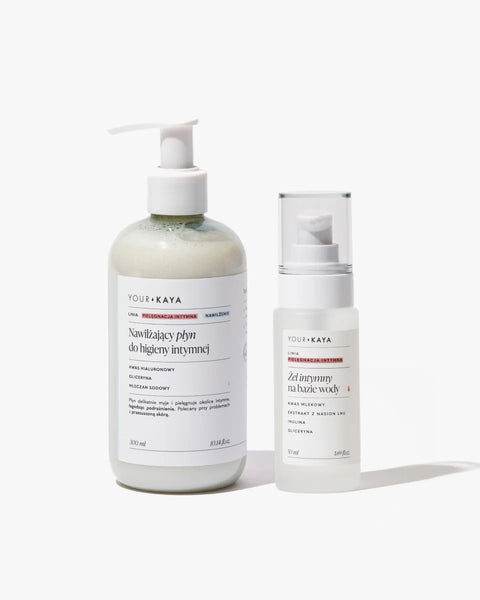Before we get to the point – a little chemistry review:
What is pH?
The pH scale numerically determines (based on the hydrogen ion content) whether a solution is acidic , neutral , or alkaline .
The pH range is from 0 to 14 , where:
- A pH below 7 is acidic,
- if the pH is around 7, it is neutral,
- A pH above 7 indicates an alkaline reaction.
The vaginal microflora is a complex ecosystem consisting of over 200 species of bacteria! Their presence and functioning are influenced by, among others, genes , ethnicity , environmental and behavioral factors .
What is the pH of intimate areas?
In people who menstruate regularly, the vaginal pH is usually between 3.8 and 5.
The intimate area is therefore characterized by a slightly more acidic pH than other areas of the body. This is due to the presence of Lactobacillus bacteria , whose metabolism is based on the process of fermenting sugars. As a result of this process, lactic acid is produced , which acidifies the natural vaginal flora.
Estrogen produced in the body helps maintain the biochemical homeostasis of the vagina – it stimulates the maturation and multiplication of vaginal epithelial cells and the accumulation of glycogen , a polysaccharide which – as you already know – is essential for the work of Lactobacillus bacteria .
Is the pH value constant?
Well, no – the pH value of intimate areas changes over the years:
- In newborns, the pH is approximately 4-5, which is also due to the influence of estrogens from the parent.
- In childhood, intimate pH is usually around 7 because in pre-pubertal people estrogen is produced at much lower levels.
- From the beginning of puberty until menopause (when the body produces more estrogen), the pH is acidic (averaging around 4.5).
- During menstruation , the vaginal pH increases slightly because menstrual fluid is slightly alkaline.
- After pregnancy , due to increased production of progesterone, the pH becomes slightly alkaline (hence the tendency to infections and the frequent preventive use of probiotics at this time).
During menopause , the body's production of estrogen decreases significantly, causing the pH to become alkaline again.
In addition, pH can also fluctuate within these "phases" , among other things due to:
- improper hygiene – washing intimate areas with alkaline soap or douching can effectively disturb the biochemical balance inside the vagina;
- antibiotic therapy – for example, intravaginal medications used for vaginal candidiasis ;
- improper diet ;
- taking oral contraception ;
- wearing inappropriate underwear (made of non-breathable, synthetic materials);
- disorders of the body's immunity .
Why is pH important?
Maintaining the correct pH of the vagina primarily supports protection against intimate infections . In addition, during pregnancy, it helps maintain the correct course of pregnancy .
How to maintain the proper pH of intimate areas?
- Usea condom during sex (of course, if it is comfortable for you). Semen is alkaline and can disrupt the pH of the vagina - take this into account, especially if you struggle with recurrent infections. I also remind you that after sex it is worth taking a shower (and gently washing your intimate areas) and urinating - this way you minimize the risk of urinary tract infections. Want more information? Then grab our article !
- Do not do vaginal douching under any circumstances ! This is the easiest way to flush out the precious lactobacilli from the vagina and raise the pH level towards alkaline, which sounds like a hearty invitation to the bacteria to make a mess. Remember: the spectrum of our action is limited to the external parts of the perineum!
- Proper hygiene is key! The vagina cleans itself (see the subsection on vaginal irrigation), but this should not lead to neglect and forgetting about vulva care . As we write in one of the articles , using intimate hygiene fluid is not always necessary, although in some cases it may be necessary. And besides, some people simply feel better if they treat their intimate areas with a suitable, gentle cosmetic during a shower instead of just water.
- Consult your gynecologist! Regular check-ups will give you more insight (and control!), and your doctor will advise you on practices that will help you maintain optimal pH.
Well, appropriate – the key word. How does this relate to our thoughts about pH? What liquid to choose (and not go crazy with those numbers)?
What pH should an intimate hygiene fluid have?
You already know that the acidic pH of the vagina supports it in the fight against microorganisms and bacteria. Therefore, in the care of intimate areas, one with an acidic pH will work best .
So it seems quite simple – you look at the packaging, see the words “low pH intimate hygiene fluid”, throw it in the basket and that’s it. Well, not really!
If you are looking for a suitable cosmetic for daily washing of intimate areas, choose a liquid with an acidic pH between 4.5 and 7 .
Paradoxically, in the case of mycosis, the Candida fungi responsible for the infection are favored by the acidic environment of the vagina. It is therefore worth choosing a mild, slightly alkaline intimate hygiene fluid (with a pH between 7 and 9). Such a cosmetic will prevent the fungi from multiplying and help you deal with the infection faster. Remember to be under the care of a doctor during this time - after the infection has been cured, it will be necessary to restore the proper vaginal pH, which may require vaginal probiotic medications.
pH is not everything!
Before you head to the checkout with a happy face, take a look at the back of the package. What do you see in the composition of the liquid?
I'll tell you what you shouldn't see - the things that will stop you from adding a product to your cart include:
- artificial perfumers,
- synthetic dyes,
- strong cleansing agents such as SLES or PEG.
For body care (and especially for such sensitive areas as intimate areas), choose natural, gentle products. Now you also know much more about pH, so let this awareness always be with you! And if you need anything - we are here to help. :)
- E. Amabebe, DOC Anumba, The Vaginal Microenvironment: The Physiologic Role of Lactobacilli, "Frontiers in Medicine" 2018, vol. 5, p. 181, https://www.frontiersin.org/articles/10.3389/fmed.2018.00181/full [accessed on 20/06/2022].
- SE Fosch, CA Ficoseco, A. Marchesi et al., Contraception: Influence on Vaginal Microbiota and Identification of Vaginal Lactobacilli Using MALDI-TOF MS and 16S rDNA Sequencing , "The Open Microbiology Journal" 2018, vol. 12, p. 218-229, https://www.ncbi.nlm.nih.gov/pmc/articles/PMC6047200/ [accessed on 20/06/2022].
- Importance of the pH in the intimate hygiene product , "Dermoteca", https://www.dermoteca.com/en/importance-of-the-ph-in-the-intimate-hygiene-product_221.html?idb=34 [accessed on 20/06/2022].
- W. Mendling, Vaginal Microbiota , "Advances in Experimental Medicine and Biology" 2016, vol. 902, p. 83-93.
- What Is Vaginal pH Balance? , med. rev. D. Brennan, "WebMD", https://www.webmd.com/women/what-is-vaginal-ph-balance [accessed on 20/06/2022].
- Yen-Pin Lin, Wei-Chun Chen, Chao-Min Cheng, Ching-Ju Shen, Vaginal pH Value for Clinical Diagnosis and Treatment of Common Vaginitis , "Diagnostics" 2021, vol. 11, p. 1996, https://www.ncbi.nlm.nih.gov/pmc/articles/PMC8618584/#:~:text=For%20women%20with%20a%20normal,3.8%20and%205.0%20%5B3%5D [accessed on 20/06/2022].
Created at: 15/08/2022
Updated at: 15/08/2022




























